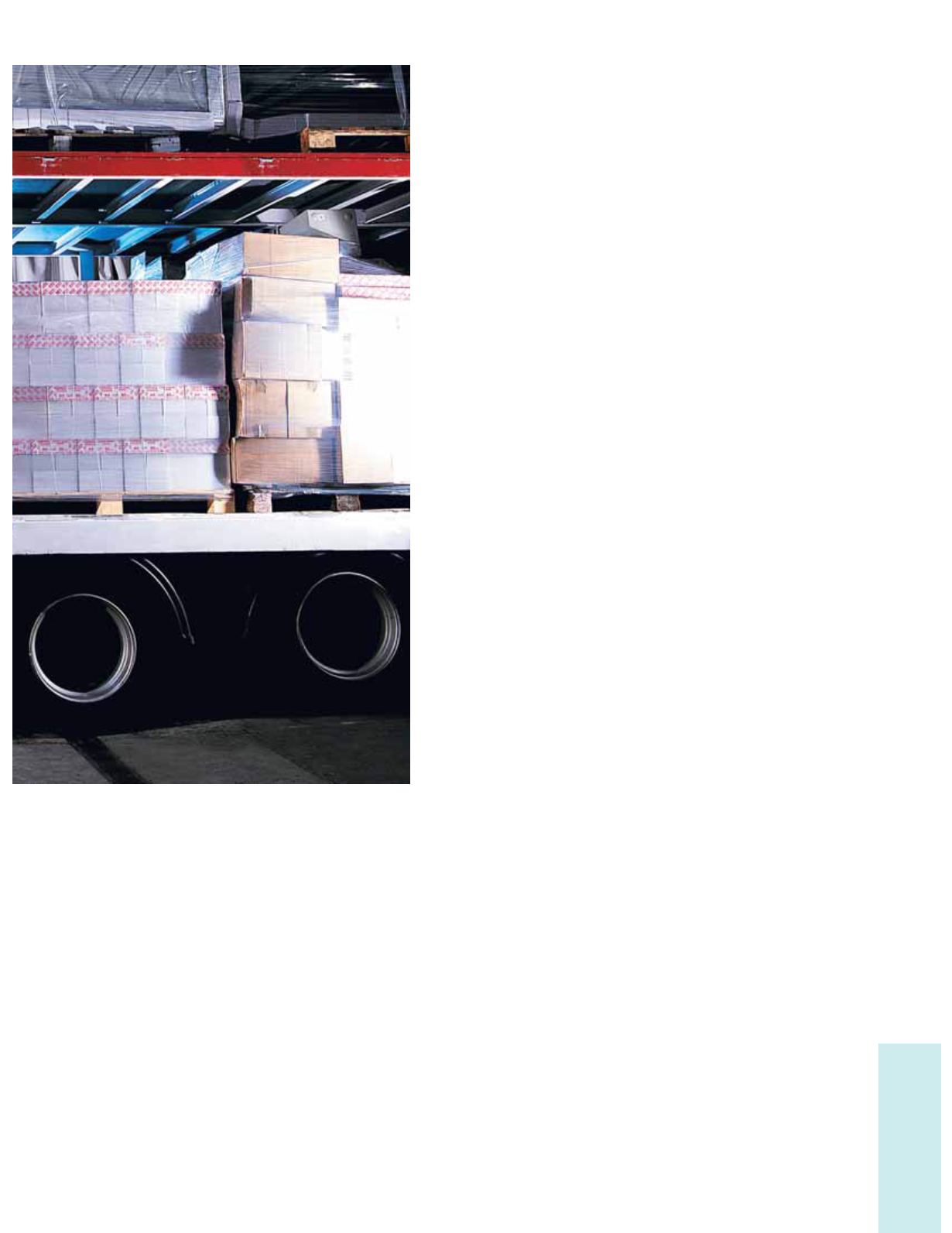
Trade with Greece
85
Panhellenic Exporters Association and the Export
Research Centre (KEEM), the provisional data by
the Hellenic Statistical Authority (ELSTAT) for the
month of January 2015 point to a 12.8% decrease
in the value of exports, to €1.8 billion (from €2.17
billion in January 2014). Nonetheless, when
petroleum products are excluded, this decrease
turns into an emphatic increase of 8.2%, the
fourth consecutive such monthly increase since
September 2014.
It is worth noting that the European Commission,
in its revised forecasts for the year 2015, esti-
mates that the income from Greek exports of
goods and services will increase this year by
5.6% (following a 8% increase in 2014). This per-
centage reflects a predicted increase of 2-3% in
the value of the exports of Greek goods during
this year, namely to €24.4 billion, from €23.64 bil-
lion in 2014.
It should be noted that the total value of exports
to EU countries increased by 8.6% last January,
while this increase is even larger (13.3%) when
petroleum products are excluded.
In contrast, any pressure on the country’s foreign
trade originated from non-EU countries, with the
total value of exports to Third Countries falling by
31.3%, as a result of the decrease in fuel exports.
Excluding petroleum products, this drop is only
marginal (1.3%).
As a result, Greek exports to EU countries as a
percentage of the total rose to 57.5%. Excluding
petroleum products, this percentage jumps to
68.8%.
The recovery of olive oil
The preliminary estimates paint a mixed picture in
regard to the growth of exports per type of prod-
uct. The explosion of olive oil exports (301.3%) fol-
lowing the recovery of output levels, definitely
stands out, followed by the increase in the exports
of confidential items (46.8%), machinery (38.1%)
and the goods of the alcoholic beverages and
tobacco category (18.9%). The sustained increase
of industrial product exports (4.4%) is also remark-
able. In contrast, there was a decrease in the
exports of miscellaneous manufactured articles
(3.9%), foods (4.6%), raw materials (5.9%), and
chemicals (12.3%), while the worst performer was
the fuel category (43.5%).
Developments by region and
country
The 1.5% year-on-year drop of exports in 2014, to
€26,600.2 million from €27,316 million in 2013, is
the result of fluctuations in the volume of exports,
which tended to increase in regard to the coun-
tries of the EU-27 and decrease in regard to Third
Countries.
More specifically, the marginal 0.6% increase
”
“
The European Commission,
in its revised forecasts for
the year 2015, estimates
that the income from
Greek exports of goods
and services will increase
this year by 5.6%


